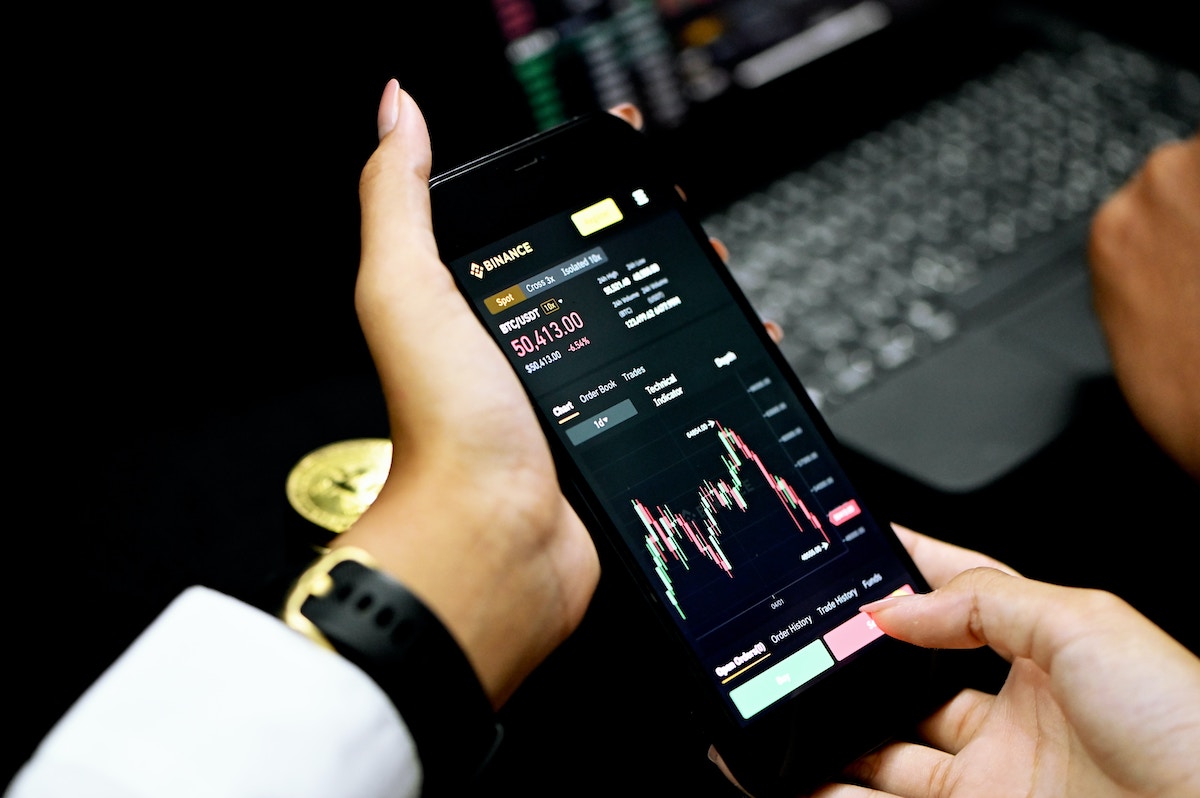A Wednesday court hearing in the ongoing fraud trial against former FTX CEO Sam Bankman-Fried (SBF) shed light on the various ways customer funds were exploited by the now-defunct crypto exchange. It was revealed that FTX used these funds even to buy back the entirety of the firm’s stake with its competitor exchange Binance.
Back in 2019, Binance had made a strategic equity investment in FTX, where it had put in an undisclosed amount of money in the latter. However, it was reported that the larger exchange had pulled back from its stake in FTX in 2021. Binance CEO Changpeng Zhao had stated that the exit was a “part of a normal investment cycle”.
A year later, as a part of Binance’s exit from FTX equity, the former received roughly $2.1billion $USD equivalent in cash of both Binance’s stablecoin ($BUSD) and FTX token ($FTT).
To add evidence to SBF’s committal of the multibillion-dollar fraud, Department of Justice (DOJ) hired University of Notre Dame accounting professor, Peter Easton, to trace billions of dollars of Alameda and FTX funds.
Taking the stand on Wednesday, the professor was asked whether FTX ever spent user deposits, to which he replied: “Oh, yes”. Amongst other things, these deposits were used to buy back Binance’s shares in FTX. “Over a billion dollars came from customer funds from FTX exchange”, testified Easton.
He also added that the exchange’s user deposits were reinvested into businesses and real estate, as well as used to make political contributions and donations to charity.
Former Alameda Research CEO, Caroline Ellison, had also testified that her company had taken several billion dollars from FTX to make its own investments. A lot of this money went to loans made to members of Bankman-Fried’s inner circle, with funds going towards “investments and political donations”, said Ellison. She also revealed how Bankman-Fried thought this political donation strategy was “highly effective”, offering “very high returns in terms of political influence” at a modest cost.
To illustrate it further, Easton made use of a chart that depicted the widening gap between FTX user deposits and the exchange’s bank balances. In this, the former figure fell beneath FTX’s bank balances around March 2021, the point where user funds had lost their backing. His analysis also showed how in June 2022, when FTX deposits were at their peak, the exchange only had around $2 billion on hand to back more than $11 billion in user deposits.
Customer funds were also behind a lot of FTX’s investments. This includes f Modulo Capital – a the Bahamas-based financial firm owned by FTX, SkyBridge Capital – a firm led by Anthony Scaramucci, as well as Bitcoin mining firm Genesis Digital Assets.
SBF’s ongoing trial has entered its third week now, with former FTX engineer, Nishad Singh, taking the stand. In his testimony, he told the court that he had discovered approximately $8bn discrepancy in FTX’s finances in September 2022.
He described the financial irregularities as “enormous”. Despite suspecting the transactions to be funded by customer deposits, Singh approved the transactions. He also testified that these funds were directed to Alameda Research to conduct various expenses and investments.
Singh had pleaded guilty on multiple charges, including conspiracy to commit securities fraud and money laundering earlier this year. The question of whether Bankman-Fried himself will testify is being speculated. Recently, his defence team, led by attorneys Mark Cohen and Christian Everdell, expressed their concern over SBF’s current health conditions which could affect his ability to participate in the trial.
Requesting better access to necessary medications, they wrote: “As we approach the defence case and the critical decision of whether Mr. Bankman-Fried will testify, the defence has a growing concern that because of Mr. Bankman-Fried’s lack of access to Adderall he has not been able to concentrate at the level he ordinarily would and that he will not be able to meaningfully participate in the presentation of the defence case.”


